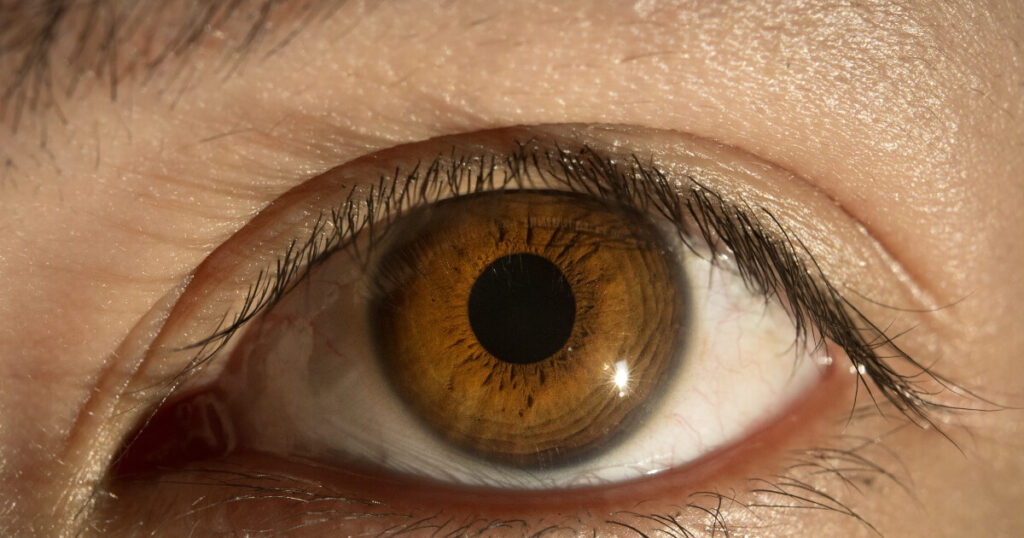Why is Eye Pressure Important, and When Should You Take an Eye Care Tonometer Test?
Every eye exam should include a necessary test to measure eye pressure. The ciliary body, a component of the eye, produces fluid inside the eye every day. This fluid maintains the eye’s “inflation” and round shape. Ensuring that the pressure inside the eye is within a normal range is the goal of the measurement.
The fluid pressure inside the eye is called eye pressure, commonly known as intraocular pressure (IOP). With the help of an eye care tonometer, eyesight will be preserved. You can avoid losing your vision from eye illnesses like glaucoma, an eye disease that can cause blindness, by maintaining a healthy IOP.
Does eye pressure remain constant throughout the day?

Eye pressure varies throughout the day and is often highest in the morning, which is crucial to understand. As a result, taking your eye pressure during an examination can only give you a rough idea of your normal IOP.
Also, if you have glaucoma, changing IOP levels during the day might harm your eyes’ health. The optimum strategy to monitor your IOP, whether at home or during more frequent eye exams, should be discussed with your eye doctor.
When scheduling your next examination, check the eye care tonometer price online and remember that eye physicians typically advise measuring eye pressure in the morning.
What causes an increase in eye pressure?
Aqueous humor, or fluid, flows continuously through a healthy eye.
Eye fluid is responsible for the following:
- Lubricating the muscles and fibers of the focusing lens
- Supplying nutrients and oxygen to the back of the cornea
- Clearing away waste products from the cornea
- Maintaining the shape of the cornea
Previous fluid drains out of the eye through the anterior angle, where the cornea and iris meet, while fresh fluid is created. The fluid travels from the eye to the trabecular meshwork, uveoscleral drains, and the back of the nose.
This drainage system must stay clear and functional to keep IOP at normal levels. If a problem develops and the fluid can no longer drain effectively, the fluid buildup may increase eye pressure. You can search online for eye care tonometer prices when you need to visit a doctor for an eye pressure test.
What happens when eye pressure remains high?
Suppose your IOP stays high between 15 and 25 mmHg for a long time without receiving therapy. In that case, the pressure will gradually place pressure on the optic nerve, harming it and ultimately resulting in permanent vision loss.
Sometimes an increase in IOP happens suddenly, immediately above 30 mm HG or even 40 mm HG. Angle-closure glaucoma and eye trauma are the main causes of this, and they can cause serious optic nerve damage without any prior warning.
It is crucial to realize that variations in eye pressure do not hurt and may, therefore, go years without being noticed while slowly impairing eyesight.
Therefore, an eye care tonometer test is essential for identifying early indications of elevated eye pressure or ocular issues that may increase your chance of developing glaucoma. The more likely you are to stop vision loss or preserve remaining vision, the earlier the condition is identified.
When should You have a tonometry test?
Eye care tonometer testing is placed at an annual eye checkup. However, it could be done more frequently for the reasons listed below:
- If you have signs that could point to a change in IOP
- If you take steroids after having cataract surgery or for any other medical condition
- If you are susceptible to glaucoma
- If you have been identified as having iritis or a retinal detachment, or if you think you will
Which symptoms are associated with high IOP?
Many symptoms can be an indication of excessive IOP. However, they might also be brought on by another ocular problem.
In order to rule out glaucoma, your eye doctor will do an eye care tonometer test if you have any of the symptoms listed below:
- Severe pain
- Redness
- Blurred vision
- Halos around lights
- Gradual peripheral vision loss
- Tunnel vision
Who is at risk of developing glaucoma?
You can check eye care tonometer prices online if you want to do a tonometry test. It will be performed if your risk of developing glaucoma is higher to look for any changes in your IOP.
Common risk factors include:
- Over 60 years of age
- Family history of glaucoma
- Diabetes
- Hypothyroidism
- Chronic ocular conditions
- Eye injuries
- Myopia
- Extended use of steroid medication
Conclusion
The eye care device is the most current method of measuring eye pressure. The eye care tonometer is a portable device held within a few inches of the patient. The device softly and quickly sends a tiny probe to the eye at the push of a button to obtain an accurate pressure reading. Most people claim it feels like a feather touching their eye, but some claim they can’t feel anything.
Visit Almagia International to buy or learn more about the IOP Tonometer device.
from almagia https://ift.tt/sRB6jg1
Comments
Post a Comment